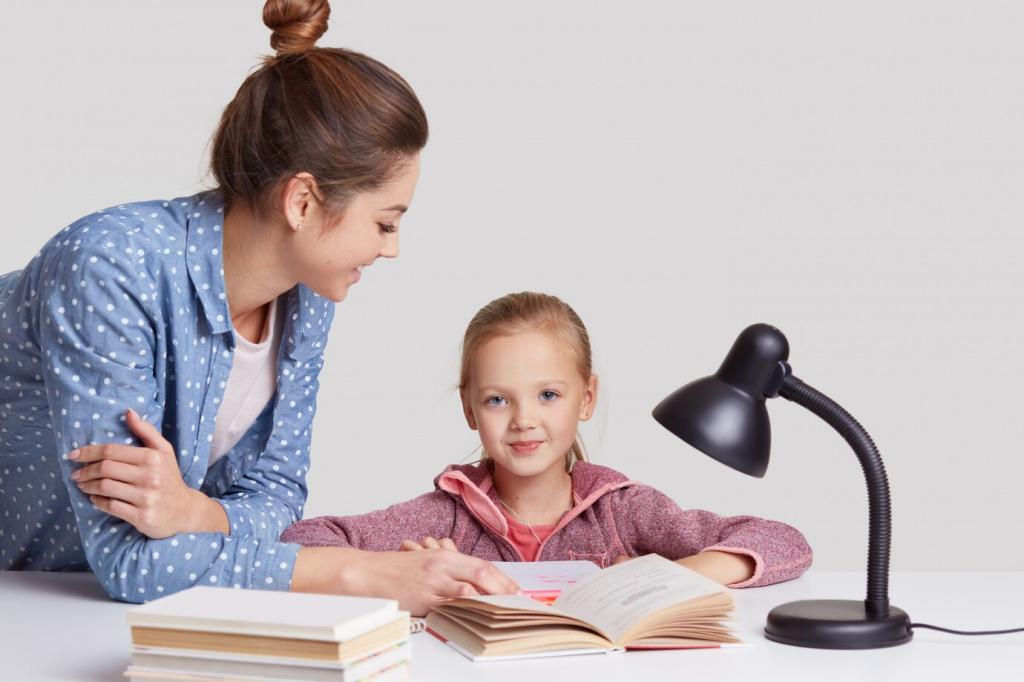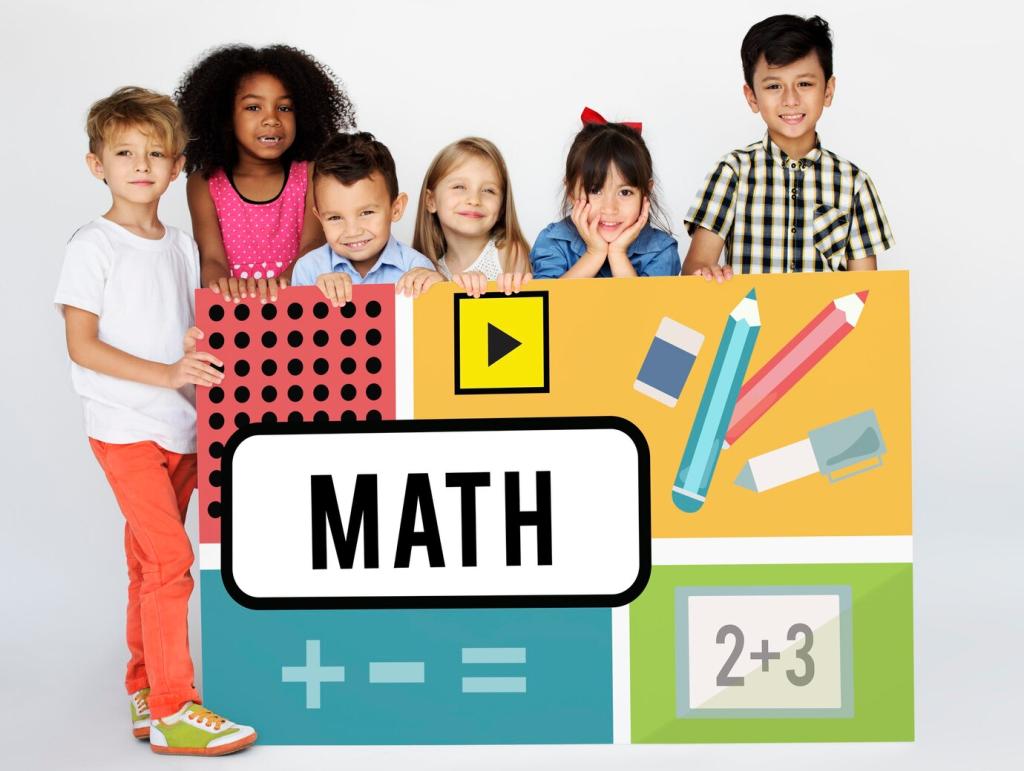Coding for Little Minds
Drag-and-drop tools like block-based coding let kids snap together loops, waits, and sensor checks. Encourage predictions before pressing run: What will the robot do first? Making thoughtful guesses trains planning skills children will reuse across subjects and future projects.
Coding for Little Minds
When curiosity grows, introduce short text snippets: forward(10), turn_right(90), wait(1). Keep it playful—convert a favorite block routine into equivalent text. Celebrate every small success and invite your child to teach you one command, then share their teaching tip here.









